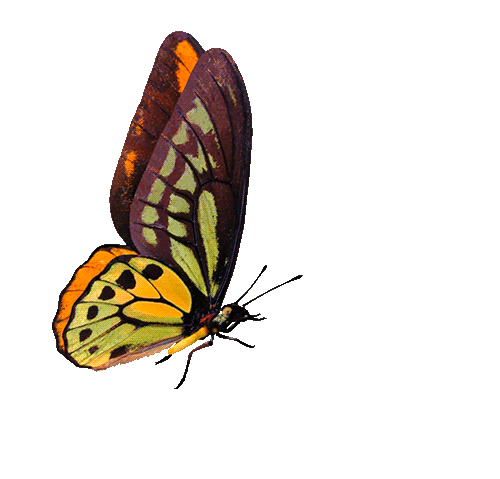top of page

Name
Artichoke
Latin
Cynara cardunculus var. scolymus)
Secret Meaning
Desire

Alternative Names:
Facts & Folkore:
The artichoke is a variety of a species of edible thistle, known to be cultivated as far back as the 8th century BC. It is a naturally occurring variant of the wild artichoke, the cardoon. By the 15th and 16th century, hybrid varieties became popular in Europe. The Dutch introduced globe artichokes to England, where they grew in Henry VIII's garden at Newhall in 1530. They were taken to the United States in the 19th century—to Louisiana by French immigrants and to California by Spanish immigrants. In a Greek legend which is tied to the artichokes reputation as an aphrodisiac, a woman named Cynara was bathing on the shores of the ocean. Zeus, visiting his brother Poseidon, happened upon her and seduced her. Pleased with her, Zeus made her an immortal goddess and brought her to live eternally on Mount Olympus. But before long, she longed for her home and family and sneaked away to visit. Zeus became enraged at this perceived betrayal and struck her down from the mountain. When she hit the ground, Cynara turned into an artichoke. Catherine de' Medici, who married the French Dauphin, Henry II, in 1547 is credited with introducing a wide variety of Italian foods to French cooking, including ice cream, sweetbreads, truffles, broccoli, spinach, and artichokes! Catherine scandalized French society with her addiction to artichokes, which had the reputation of being an aphrodisiac She also encouraged her entourage to eat artichokes, particularly the L' escadron volant, a bevy of beautiful girls who were coached as "spies of the couch."
Click or hover over image.


bottom of page





